While the は particle indicates the “topic”, the が particle emphasizes what / who is taking the action. Remember, when using は, what comes AFTER は is the main thing. However, when using が, what comes BEFORE が is stressed.
日本語 / にほんご / Japanese
(1) 太郎が山に行く/行きます。
(2) 私がパンを食べる/食べます。
(3) 寿司がおいしい/おいしいです。
(4) 風が吹いている/吹いています。
(5) 雪が降っている/降っています。
(6) 私が学生だ/学生です。
ことばと表現 / Words & Expressions
太郎【たろう Tarô】Taro (a male given name)
山【やま yama】mountain
パン【ぱん pan】bread
食べる【たべる taberu】to eat
寿司【すし sushi】sushi
おいしい【おいしい oisii】delicious
風【かぜ kaze】wind
吹く【ふく huku】to blow
雪【ゆき yuki】snow
降る【ふる huru】to fall (rain/snow)
英語 / えいご / English
(1) Taro is the one who goes to the mountain. (not someone else)
(2) I am the one who eats bread. (not anyone else)
(3) It is sushi that is delicious. (not anything else)
(4) It is the wind that is blowing. (not anything else)
(5) It is snow that is falling. (not any other weather)
(6) I am the one who is a student. (not anyone else)
ひらがな / Hiragana
(1) たろうがやまにいく/いきます。
(2) わたしがぱんをたべる/たべます。
(3) すしがおいしい/おいしいです。
(4) かぜがふいている/ふいています。
(5) ゆきがふっている/ふっています。
(6) わたしががくせいだ/がくせいです。
ローマ字 / Roman letters
(1) Tarô ga yama ni iku / ikimasu.
(2) Watasi ga pan o taberu / tabemasu.
(3) Sushi ga oisii / oisii desu.
(4) Kaze ga fuite iru / fuite imasu.
(5) Yuki ga futte iru / futte imasu.
(6) Watasi ga gakusei da / gakusei desu.

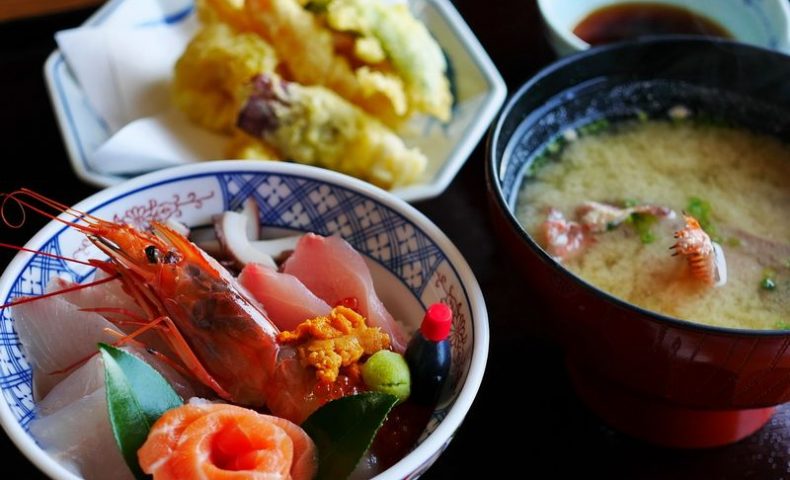






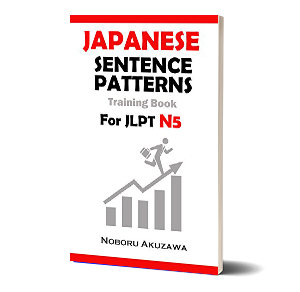
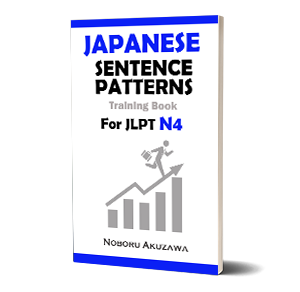
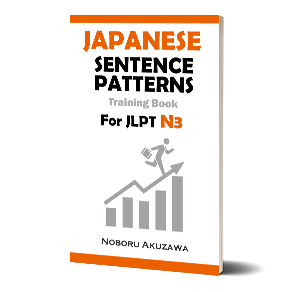
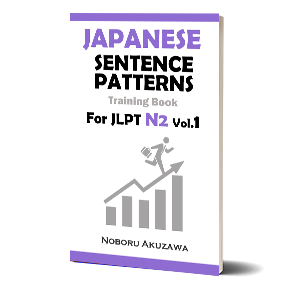
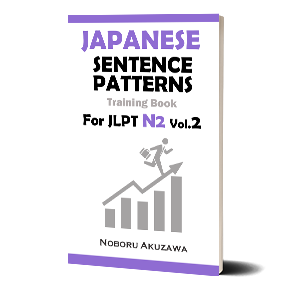

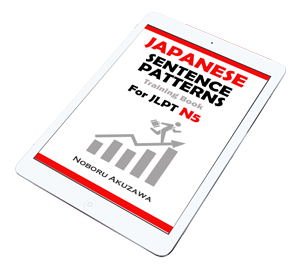
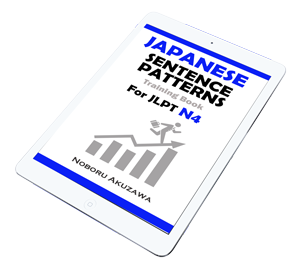
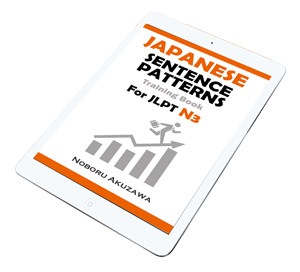

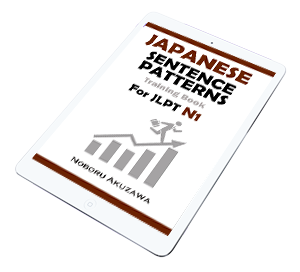







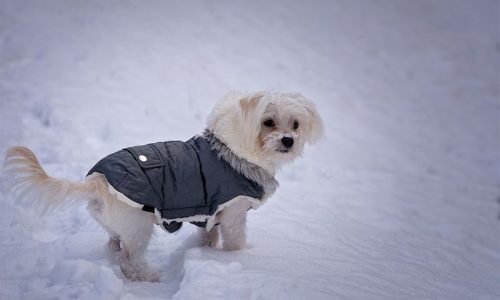
No comments yet.